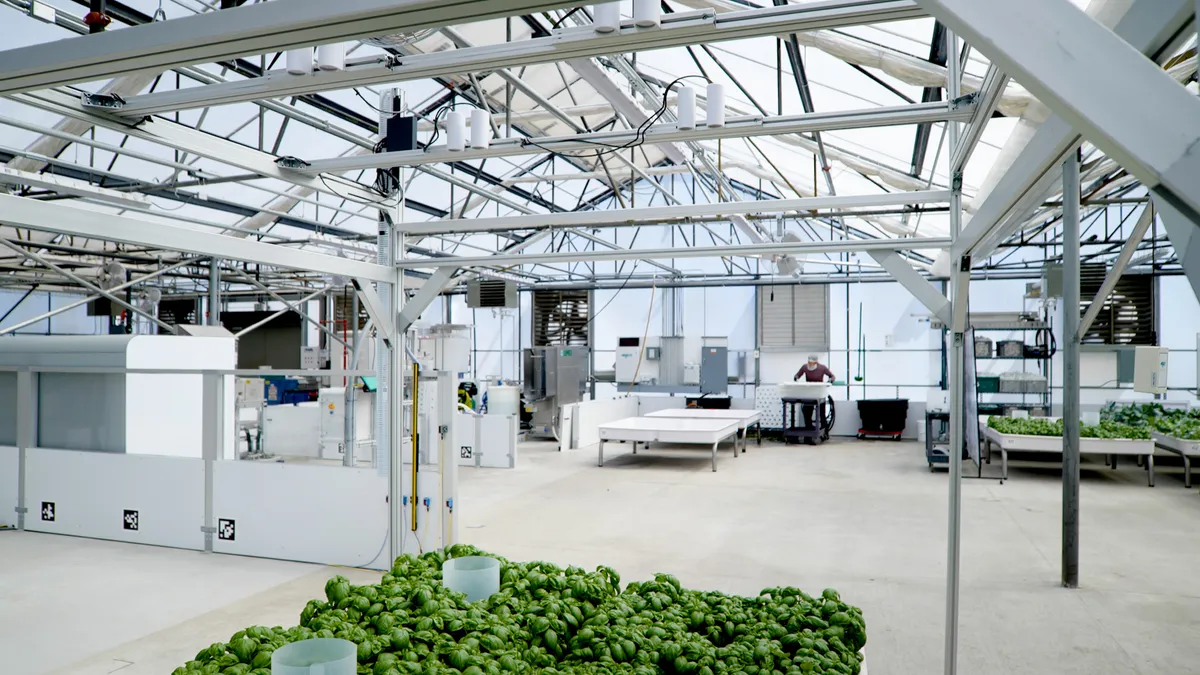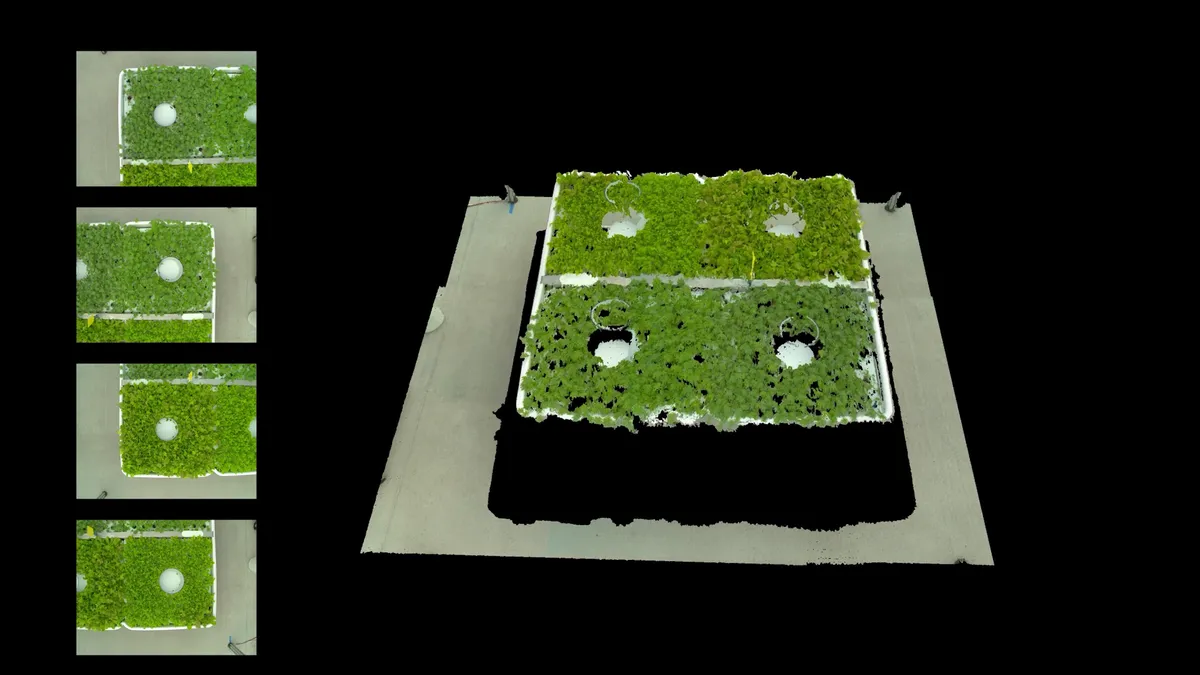Agriculture hasn’t fundamentally changed since World War II, when the era of huge scale and vast plenty began. But today’s awareness of greenhouse gases, water conservation and food safety and stability call for a rethink. Silicon Valley startup IronOx suggests moving crops indoors, tending them with robots and doing so under the watchful eyes of smart cameras to grow more and better with less worry that the food sustaining us is also slowly killing us.
IronOx says the result of all this is “renewable food”: Not only do crops deliver consistent quality and yield but residual irrigation water is reused as are any unconsumed nutrients in it. More importantly the company claims that just the right amount of fertilizer is applied in the first place, tightly controlling a farm input that is a major source of methane, perhaps the most potent greenhouse gas. “Fertilizer requires a lot of energy to produce and emits a lot of greenhouse gasses,”
It’s a massive blow for a well-funded firm at the cross section of several growth areas. Iron Ox’s play has focused on fully automated greenhouses, courtesy of robotic arms, Kiva-like plant moving carts and other technologies. Utilizing indoor growing techniques and a trove of data, the pitch promised broader growing seasons in more diverse climates and the utilization of less resources than standard farming, all while still harnessing the sun in a way that is often altogether removed from vertical farming.
In a groundbreaking development poised to reshape the agricultural landscape, IronOx, a California-based startup, is pioneering the use of electrified robots equipped with smart cameras and sensors to revolutionize food production. Visitors to IronOx’s facilities have been left in awe by the seamless integration of advanced technology and traditional farming practices, leading to a paradigm shift in how crops are cultivated.
Initially captivated by IronOx’s electrified robots, visitors soon found themselves astounded by the remarkable capabilities of the company’s smart cameras and sensors. These innovations enable the robots to grow food with unprecedented precision and efficiency, surpassing the abilities of human farmers. IronOx’s AI-driven approach leverages a wealth of agricultural expertise, ensuring that the robots are equipped with the knowledge of the best human farming techniques.
According to IronOx’s CEO, Silver, the key to their system’s success lies in decoupling action from mobility. By employing robots to move plants instead of relying on human farmers traversing vast fields, IronOx eliminates the inherent limitations of human perception. While human eyes may possess a unique level of intuition, they often lack the precision and repeatability inherent in robotic hands and eyes.
This transformative approach to farming has sparked controversy among traditionalists, with legions of human farmers expressing skepticism and taking umbrage at the notion of being outperformed by robots. However, IronOx remains steadfast in its commitment to leveraging technology to enhance agricultural productivity and sustainability.
As IronOx continues to refine its AI-powered farming solutions, the future of agriculture appears brighter than ever before. With electrified robots and smart technology at the forefront, IronOx is poised to lead the charge towards a more efficient, resilient, and environmentally-friendly food system.
Stay tuned for further developments as IronOx blazes a trail towards a new era of farming excellence.

The implications of IronOx’s innovation extend far beyond mere efficiency gains. With the global population on the rise and arable land becoming increasingly scarce, solutions like those pioneered by IronOx offer a glimmer of hope for sustainable food production in the face of mounting challenges.

Source: Brian Cooley · cnet
